The planets, objects and living beings are made up mainly of vacuum but what is the nature of this vacuum?
Although the word 'empty' is commonly used, the vacuum is a modern abstract concept, not easy to imagine in a spatial area.
The vacuum means the absence of matter where it there is nothing but the absence of matter is impossible to find in the universe.
In the laboratory, the vacuum is defined by an experimental limit, it is called the ultrahigh vacuum. The UHV is obtained when reaching the low pressure 10-7 Pascal. This space is created with vacuum pumps, but this vacuum is still filled with millions of particles per cubic millimeter. In near space, that of our solar system, the vacuum contains millions of particles per cubic meter, even in deep space between the stars, the vacuum still contains several thousand particles per m3, some protons and some electrons by cubic meter.
Suppose we delineates in this interstellar m3, a piece of space without particle, we obtain a perfect vacuum. Well no, that vacuum corresponds to the classical 19th century vacuum, a void without matter.
The vacuum concept of the 20th century is highly upset, because since the theories of relativity and quantum physics, the vacuum is not empty.
Outside of this piece of space we imagine, outside the vacuum, there are protons and electrons moving because nothing is static in the universe. These protons and the electrons constitute matter, or matter above absolute zero emits radiation, i.e. light.
Absolute zero is the lowest temperature that can exist in the universe, but this theoretical temperature is inaccessible by matter due to its quantum properties. We know that according to quantum physics, particles are objects both corpuscular and wave, over these objects always have a non-zero amount of movement is the uncertainty principle of Werner Heisenberg (1901 − 1976).
The radiation emitted by matter is spread throughout space in all directions, the waves will cross our piece of empty space.
In reality the universe is full of radiation, that of the big bang that has a very low temperature of 2,728 K (-270.424 ° C), but also all other radiation emitted by celestial objects and therefore any ordinary matter in the universe.
We know from Max Planck (1858 − 1947) and his famous formula E = hv that radiation is pure energy.
| | And Albert Einstein (1879 − 1955) with his theory of relativity and his famous formula E = mc2 tells us that energy can change into matter and matter into energy. Again, thanks to quantum physics and the uncertainty relations, it is possible to see, in our empty piece of vacuum, energy fluctuations for the energy variation multiplied by the existence of particles time interval should be less than Planck's constant (ΔE x Δt < h) where h ≈ 4,134 335 9×10-15 eV.s.
These energy fluctuations are therefore dependent on the observation time. In other words if you look at the empty over short periods, femtosecond (10−15 s), attosecond (10−18 s), zeptoseconde (10−21 s), yoctoseconde (10−24 s), we can see over periods of shorter and shorter, energy fluctuations more and more large, more Δt is small and more ΔE is big.
For example, the Higgs boson, which belongs to vacuum, has a lifetime 10−22 s.
Thus in our piece of vacuum, from nothing, appears to matter (ΔE) et E=mc2. These electrons, these protons and other particles and antiparticles are even heavier than Δt is small. These particles of matter and antimatter are virtual because they immediately disappear (Δt). This violates the energy conservation law, since there is the matter that is created, and which disappears spontaneously, or the law of conservation of energy forbids us (ΔE / Δt = 0). Yet that is what we learn quantum physics.
The real particles of matter or energy, thus propagate in this middle almost bubbling, sensitive to particles of matter that can transfer their energy to it. This is what scientists provoke in a collider.
In a collider, when an electron and a positron meet, they annihilate and transfer their energy to the swarming vacuum, this energy creates real particles of matter that come out of the vacuum and appear a few "moments" on computer screens (see CERN photo).
We live in a vast emptiness to the complex structure, including all magnitudes have zero mean values. But this vacuum has a considerable energy, this vacuum energy is greater than the energy of ordinary matter. It might have played a role in the development of our real universe and then in its inflation.
« Look at the vacuum! you'll find treasures ».
Jules Renard (1864 − 1910).
| | 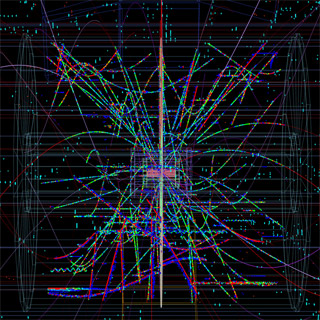 Image : The swarming of vacuum in which we must recognize the Higgs particle. We know from Max Planck (1858 − 1947) and his famous formula E = hv that radiation is pure energy. Moreover, since Albert Einstein (1879 − 1955) and special relativity, energy can be transformed into matter and matter into energy. The vacuum would swarm particles for very short time. The particles of matter or energy spread in this quasi-middle swarming.
Radiation fill the whole universe, the vacuum has a complex structure whose all its variables are zero. On the image we see a collision in the Higgs field, protons with lead ions in the ALICE detector. Photo taken during the trial run for September 2012 (Image: CERN). NB: The Higgs boson, also known as the BEH boson (Robert Brout, François Englert, Peter Higgs) is an elementary particle of the Higgs field. |
The entire universe, our piece of vacuum and even inside of atoms, would swarm particles and antiparticles virtual that would exist for very short time and are constantly would renew.
When real particles travel in a vacuum that is everywhere in the universe, vacuum state fluctuations create their mass. The vacuum presents itself to it, viscous, it is this viscosity that gives mass to particles.
The particles of the vacuum upon cooling to 2.7 K today, are ordered its selves as the spins of the atoms in a magnetic field, they are all polarized in a certain direction, which gives a certain viscosity to vacuum.
This viscosity of the vacuum imposes mass to particles, this field is the Higgs field. It is possible that at the beginning of the universe, the Higgs particle were disordered, then all particles of matter had zero mass, but with inflation and cooling of the universe, the Higgs particles become polarized, providing strength to the acceleration of elementary particles, even neutrino. In other words, the Higgs field slows down quarks that make up the objects we raise and move.
In summary, the inertial mass of a particle resulting from the degree of interaction with the Higgs field. The Higgs boson is a particle that is extracted from the vacuum causing high-energy collisions.
| | In 1934, Georges Lemaître (1894 − 1966) pointed out that the effect of the cosmological constant of relativity was similar to that of the energy density of the vacuum state. In other words, so that the energy of the vacuum is compatible with the relativity requires that it imposes a negative pressure, exactly opposite to its energy density. This negative pressure is a repulsive force that would explain the accelerating expansion of the Universe, seen everywhere, specifically since 1998. Unfortunately the effect of this energy of the vacuum state, is infinite, about 10120 times larger than the value observed.
The accelerating expansion of the Universe is currently assigned to a mysterious « dark energy ».
To account for all observations we must appeal to dark matter, the energy of the vacuum, dark energy, inflation but nothing sticks with our theories and this requires us to imagine exotic concepts.
It is possible that we are on the eve of a major upheaval in physics. Currently our theories are facing a wall like in the early 20th century when we went from classical mechanics to relativity and classical physics to quantum physics.
« It is absolutely possible that beyond what our senses perceive, are hiding unsuspected worlds. » Albert Einstein(1879-1955) | | 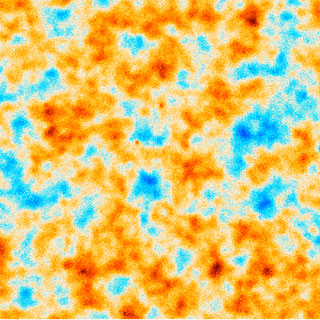 Image: card of the background of the sky as seen by Planck. We live in a vast emptiness to the complex structure whose all magnitudes have zero mean values. But this vacuum has a considerable energy, this vacuum energy is greater than the energy of ordinary matter. It might have played a role in the development of our real universe and then in its inflation. Credits: ESA- collaboration Planck-HFI |
 Automatic translation
Automatic translation




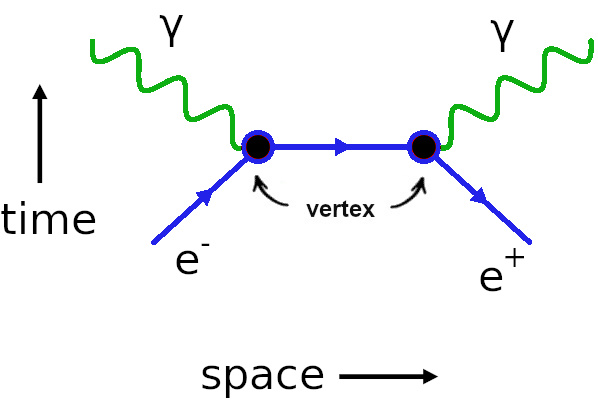 Feynman diagrams and particle physics
Feynman diagrams and particle physics
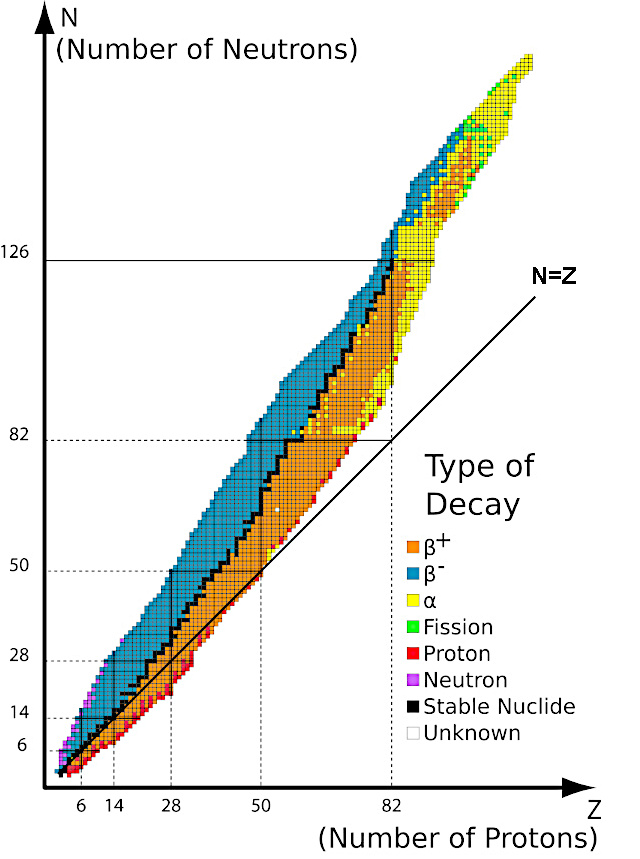 Stars cannot create elements heavier than iron because of the nuclear instability barrier
Stars cannot create elements heavier than iron because of the nuclear instability barrier
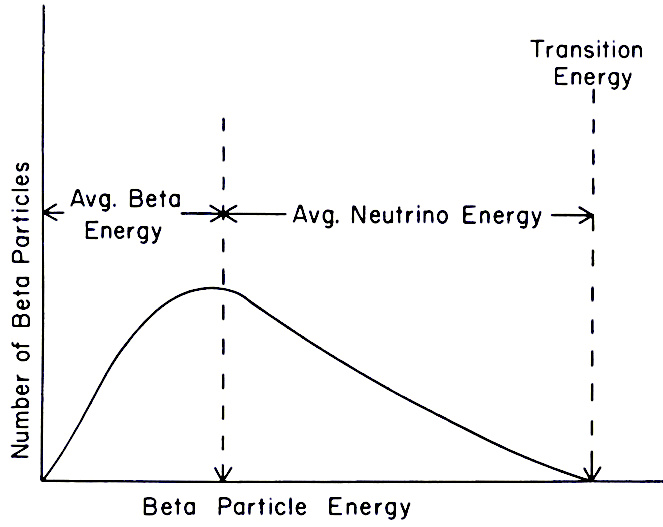 What is β radioactivity?
What is β radioactivity?
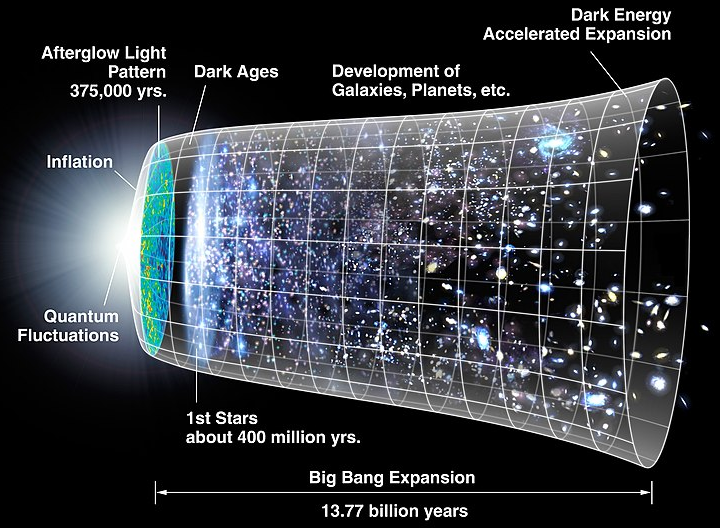 Planck wall theory
Planck wall theory
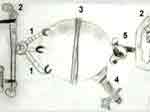 Is emptiness really empty?
Is emptiness really empty?
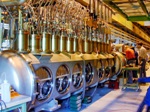 The Large Hadron Collider
The Large Hadron Collider
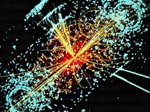 The hadron is not a fixed object
The hadron is not a fixed object
 Radioactivity, natural and artificial
Radioactivity, natural and artificial
 The scale of nanoparticles
The scale of nanoparticles
 Schrodinger's Cat
Schrodinger's Cat
 Before the big bang the multiverse
Before the big bang the multiverse
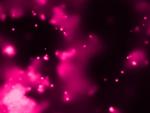 Eternal inflation
Eternal inflation
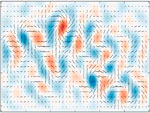 Gravitational waves
Gravitational waves
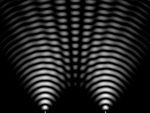 Principle of absorption and emission of a photon
Principle of absorption and emission of a photon
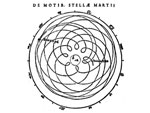 Beyond our senses
Beyond our senses
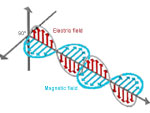 What is a wave?
What is a wave?
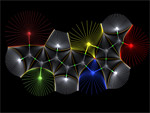 The fields of reality: what is a field?
The fields of reality: what is a field?
 Space in time
Space in time
 Quantum computers
Quantum computers
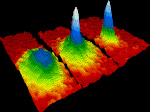 Bose-Einstein condensate
Bose-Einstein condensate
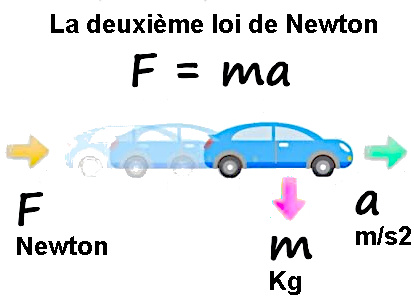 Equation of Newton's three laws
Equation of Newton's three laws
 Field concept in physics
Field concept in physics
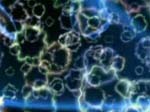 The electron, a kind of electrical point
The electron, a kind of electrical point
 Entropy and disorder
Entropy and disorder
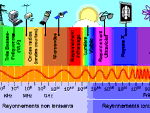 Light, all the light of the spectrum
Light, all the light of the spectrum
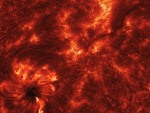 The infernal journey of the photon
The infernal journey of the photon
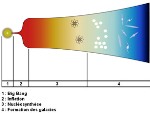 Mystery of the Big Bang, the problem of the horizon
Mystery of the Big Bang, the problem of the horizon
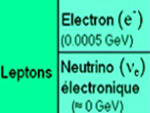 The neutrino and beta radioactivity
The neutrino and beta radioactivity
 Einstein's space time
Einstein's space time
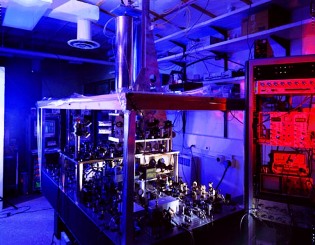 The incredible precision of the second
The incredible precision of the second
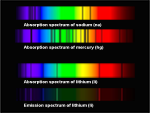 Why does physics have constants?
Why does physics have constants?
 Spectroscopy, an inexhaustible source of information
Spectroscopy, an inexhaustible source of information
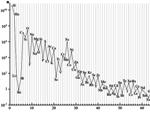 Abundance of chemical elements in the universe
Abundance of chemical elements in the universe
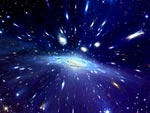 Effects of light aberration
Effects of light aberration
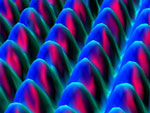 The size of atoms
The size of atoms
 The magnetic order and magnetization
The magnetic order and magnetization
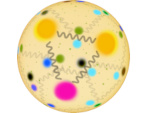 The quark confinement
The quark confinement
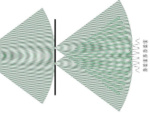 Superpositions of quantum states
Superpositions of quantum states
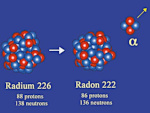 Alpha decay (α)
Alpha decay (α)
 Electromagnetic induction equation
Electromagnetic induction equation
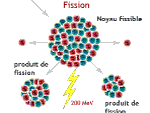 Nuclear fusion, natural energy source
Nuclear fusion, natural energy source
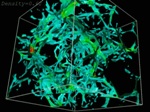 Does dark matter exist?
Does dark matter exist?
 Non-baryonic matter
Non-baryonic matter
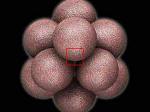 The mystery of the structure of the atom
The mystery of the structure of the atom
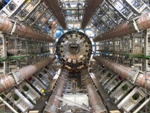 The mystery of matter, where mass comes from
The mystery of matter, where mass comes from
 Nuclear energy and uranium
Nuclear energy and uranium
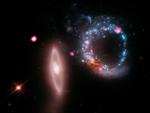 The Universe of X-rays
The Universe of X-rays
 How many photons to heat a coffee?
How many photons to heat a coffee?
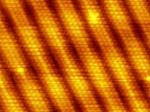 Image of gold atom, scanning tunneling microscope
Image of gold atom, scanning tunneling microscope
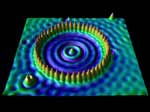 Quantum tunneling of quantum mechanics
Quantum tunneling of quantum mechanics
 Entropy and its effects, the passage of time
Entropy and its effects, the passage of time
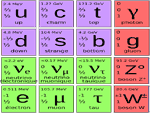 The 12 particles of matter
The 12 particles of matter
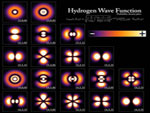 The atomic orbital or image atom
The atomic orbital or image atom
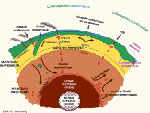 Earth's radioactivity
Earth's radioactivity
 The Leap Second
The Leap Second
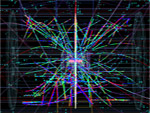 The vacuum has considerable energy
The vacuum has considerable energy
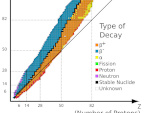 The valley of stability of atomic nuclei
The valley of stability of atomic nuclei
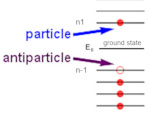 Antimatter and antiparticle
Antimatter and antiparticle
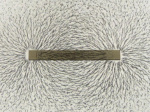 What is an electric charge?
What is an electric charge?
 Our matter is not quantum!
Our matter is not quantum!
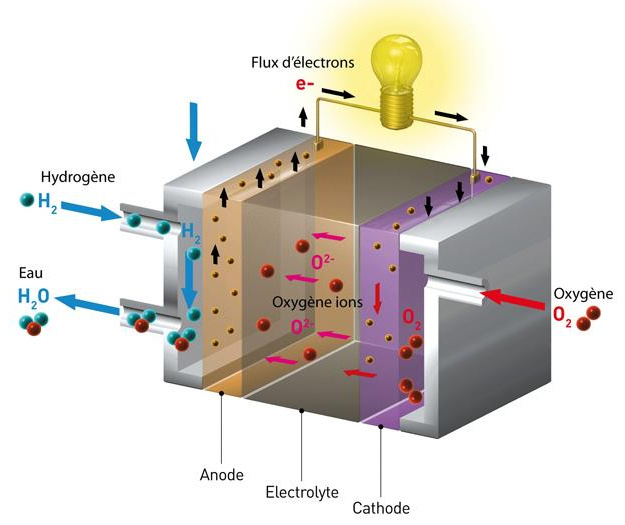 Why use hydrogen in the fuel cell?
Why use hydrogen in the fuel cell?
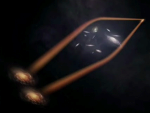 The secrets of gravity
The secrets of gravity
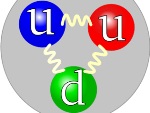 E=mc2 explains the mass of the proton
E=mc2 explains the mass of the proton
 Image of gravity since Albert Einstein
Image of gravity since Albert Einstein
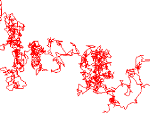 Einstein's miraculous year: 1905
Einstein's miraculous year: 1905
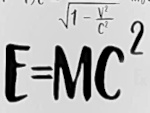 What does the equation E=mc2 really mean?
What does the equation E=mc2 really mean?
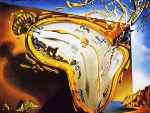 Special relativity and space and time
Special relativity and space and time